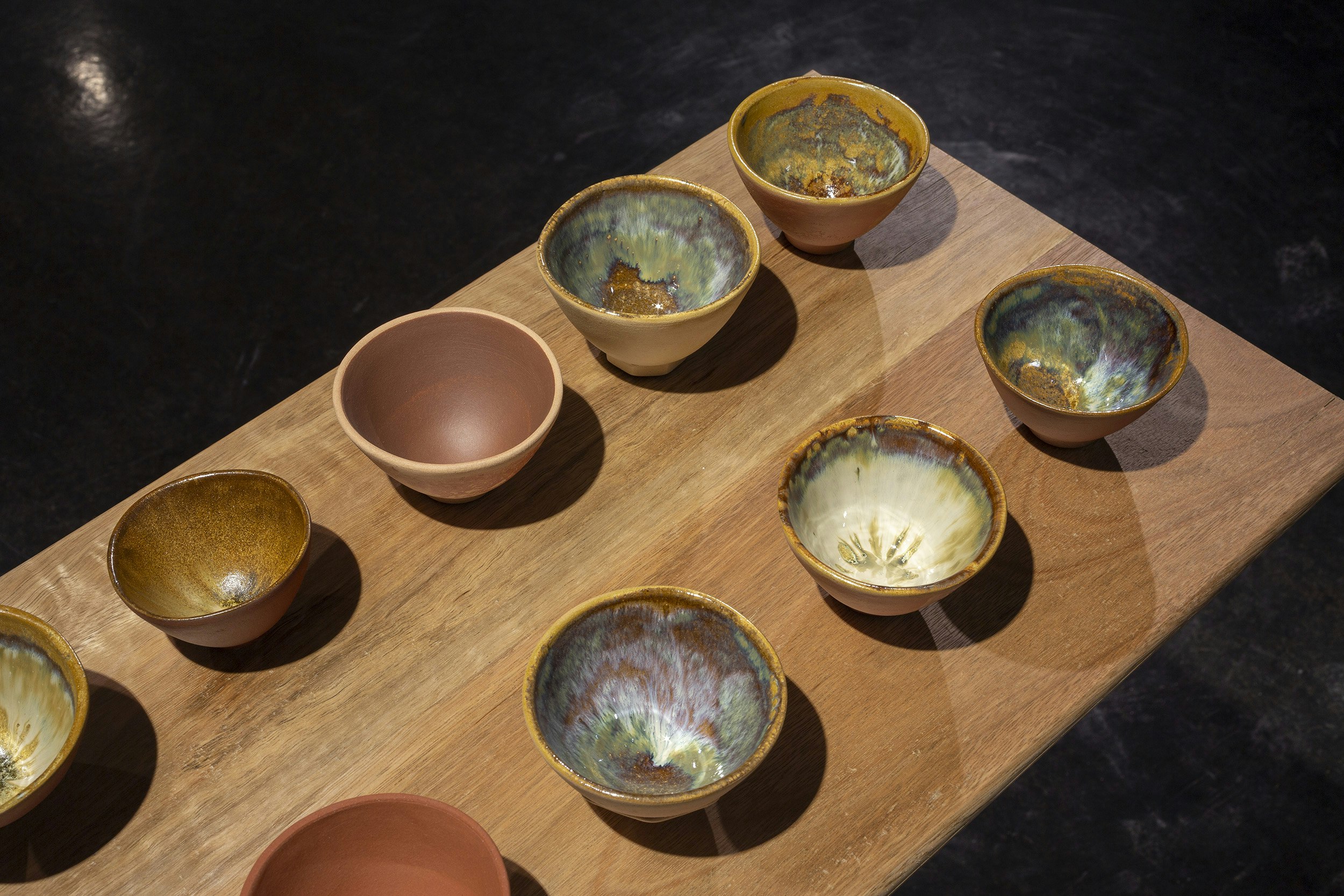Ceramics on Film
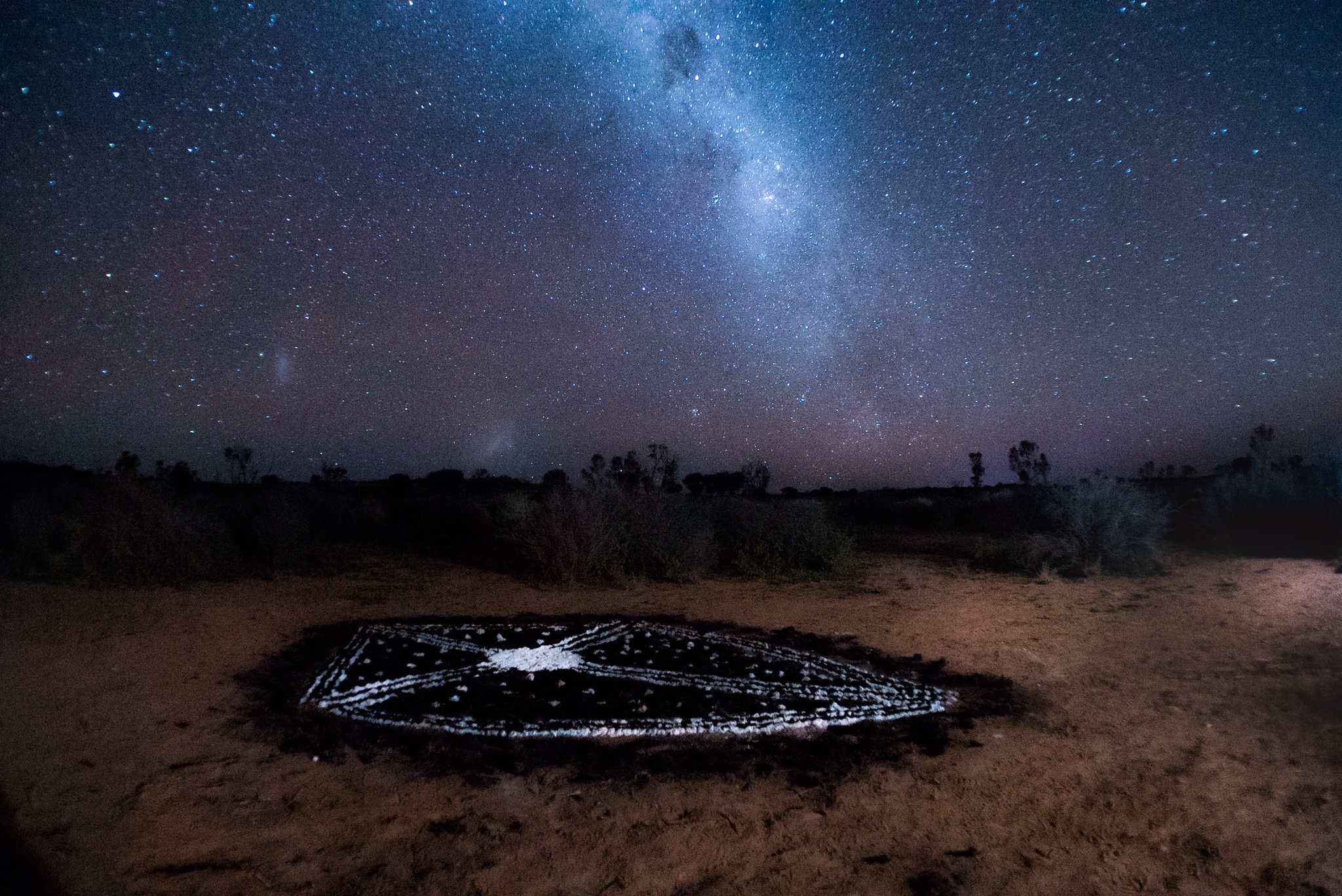
When
22 July 2022 -
31 December 2022
Location
4A Online
4a.com.au
Drawn by stones is an exhibition exploring ceramic practice as fundamentally engaged with place. Artists from Australia, Hong Kong, and Taiwan are brought together to examine the ceramic medium’s ability to historicise and, in turn, pose questions about First Nations sovereignty and national identity.
Serving as a digital alternative to an exhibition reader, the 'viewing list' of Ceramics on film and the accompanying essay by Drawn by stones Assistant Curator Annette An-Jen Liu offers perspective on contested histories, gives insight into artist practices and collaborations among First Nations communities, and provides context for the way in which ceramic practices have been recorded and recognised in our region, and beyond.
Ceramics on film list:
Trailers + short segments (under 4 mins)
- Hermannsburg Potters, 1996 documentary, 3:28 mins
- We don’t need a map, 2017 documentary, 2:21 mins trailer
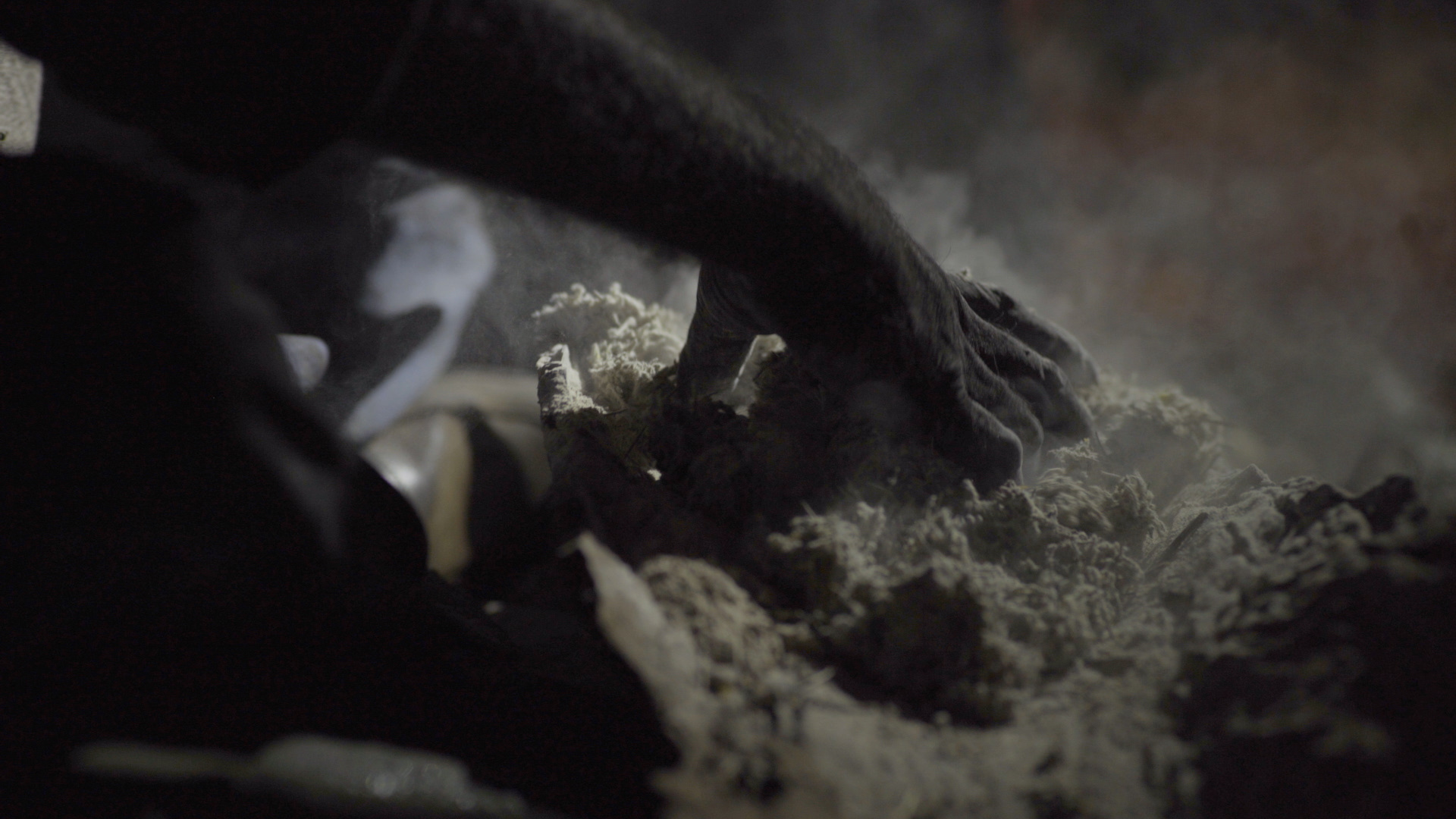
Short artist introduction videos from Creative Ballarat
- Neville French, Ceramic Artist (2021), 1:35 mins
- Cassy McArthur, Ceramic Artist (2021), 1:35 mins
- Tammy Gilson, First Nations Weaver (2021), 1:37 mins
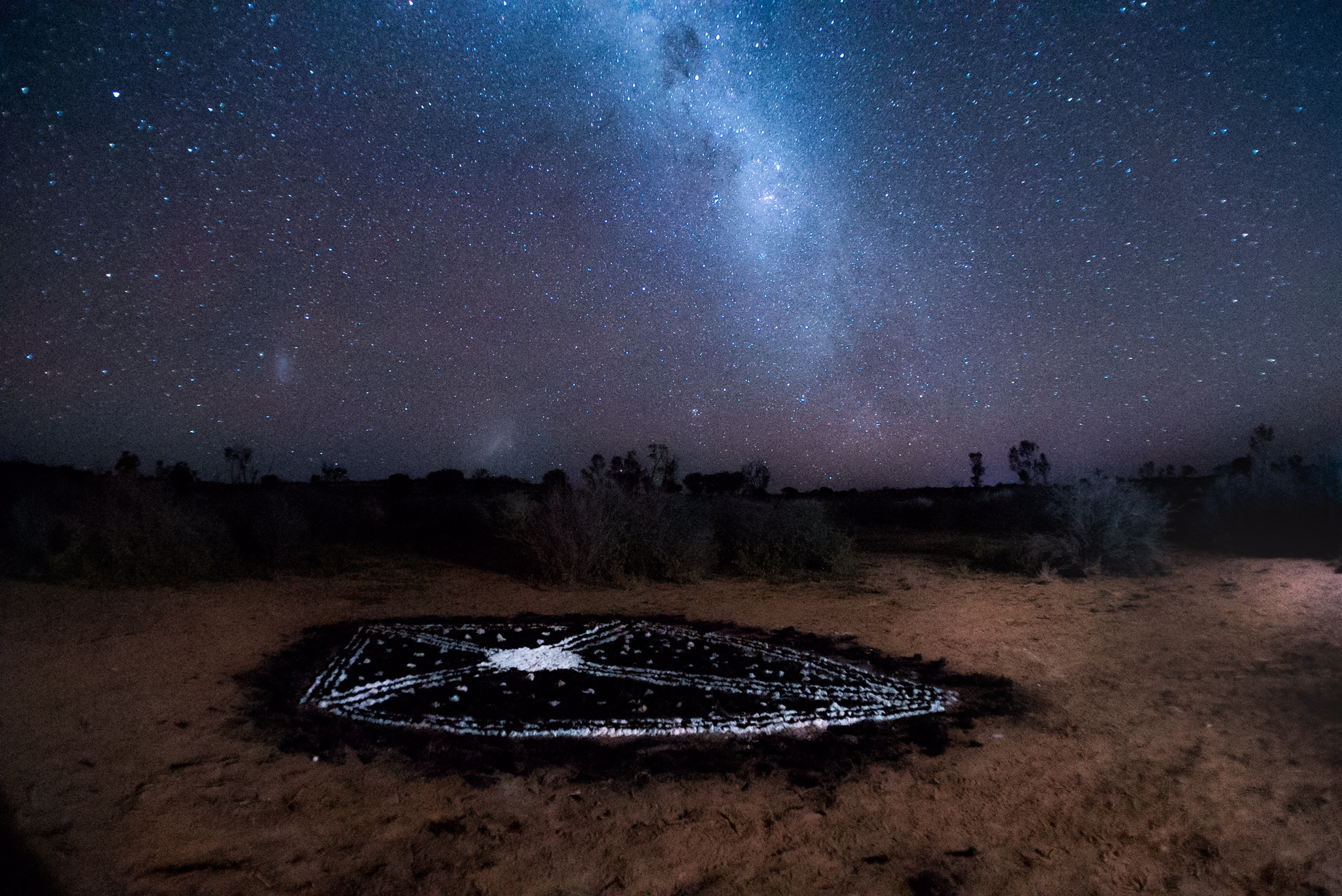
- 'From Our Hands' featuring the Hermannsburg Potters, 2006 video, 2:23 mins
- [The] Tradition of Kosiv painted ceramics, 2017 video, 9:14 mins
- Chuen Lung Village, 2019 video, 6:53 mins
- #C2『香港客家村』川龍村-座落在海拔400米,一個有600 年的歷史的客家村!『Hong Kong Hakka Village』Chuen Lung - oldest Hakka Village, 2021 video, 11:54 mins
- Bunun-Tiwi-Amis | Australia Taiwan Creative Development, 2017 video, 6:37 mins
- Red, White & Black Ochre, 2014 video, 4:02 mins
- Heidi Lau’s Spirit Vessels, 2022 video, 8:03 mins
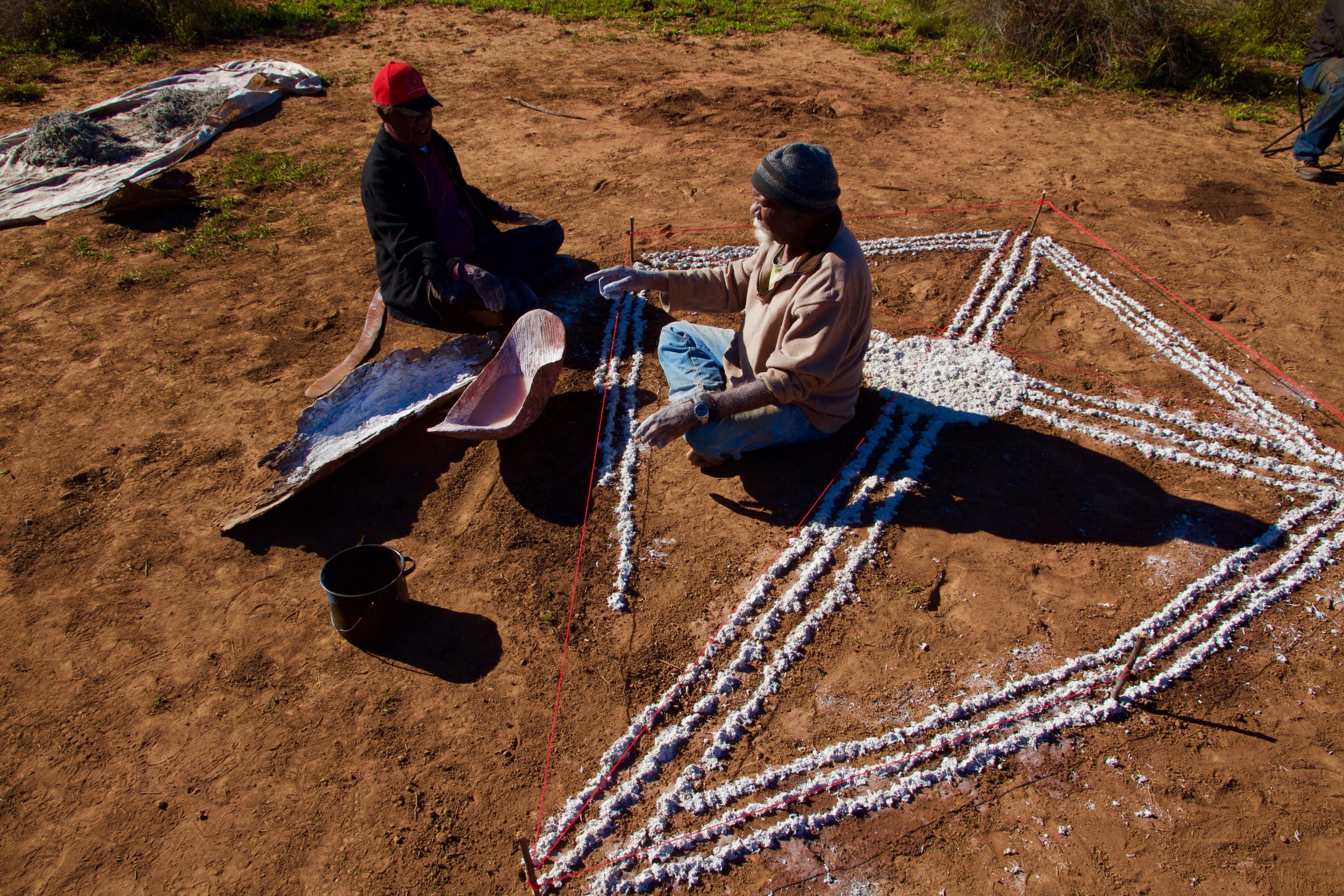
Annette An-Jen Liu's Curatorial Essay for Ceramics on Film
Drawn by stones is an exhibition exploring ceramic practice as fundamentally engaged with place. The exhibition brings together artists from Australia, Hong Kong, and Taiwan to examine the ceramic medium’s “ability to historicise” and, in turn, pose questions about First Nations sovereignty and national identity (“UNSW Art & Design and 4A present Clay Foundations: Can ceramics explore a national identity?”, 4A Centre for Contemporary Art, 29 September 2021).
Serving as a digital alternative to an exhibition reader, the 'viewing list' of Ceramics on film offers perspective on contested histories, gives insight into artist practices and collaborations among First Nations communities, and provides context for the way in which ceramic practices have been recorded and recognised in our region, and beyond.
Warwick Thornton’s documentary We don’t need a map (2017) interrogates Australia's relationship with the Southern Cross, as a symbol of the Nation’s psyche; one that represents the Country’s complex colonial history. The film features a series of interviews with various subjects, and includes intimate dialogues with Elders to reflect on an ‘Australian identity’. Also presented as an interview is linguist Liu Zinfat’s conversation with Indigenous Hakka resident Mr. Tsang (2021), about the historical changes of Chuen Lung in Hong Kong, and the significance of the 600-year Hakka settlement there. While this oral history is created with local community members, Reyna V, a Filipino domestic worker in Hong Kong, produces a different kind of historical record with her vlog CHUEN LUNG VILLAGE (2021), during which she visits the village as a tourist. The contrast between these videos encourages ways to consider how we engage with a place and its history, as well as how it is documented and shared publicly–something Drawn by stones artist Ray Chan See Kwong also explores in his work New ReNew 新新相續 (2018).
Central Australian Aboriginal Media Association (CAAMA) Production’s film about the Hermannsburg Potters (1996) begins with a declaration of love for Country by one of the Aranda women of the collective, “our Country is a beautiful red colour, some people think it’s too hot and dry. But we love our Country.” The narrator continues to describe how the collective’s use of clay extends the tradition of utilising raw materials from the land for the purpose of “[passing] on our culture and Dreaming stories.” This storytelling and sharing of culture through natural materials is evident in Red, White & Black Ochre (2014) as well, where Yubulyawan clan Wardaman Elder Yidumduma Bill Harney demonstrates the process of collecting and using ochre ceremonially. Drawn by stones is grounded by Worimi artist Dean Cross’s installation, Monuments (2016-ongoing), which uses white ochre from Ngunnawal/Ngambri Country. As an ongoing and site-specific installation, Cross sees himself as being a “custodian of material”, similar to how Biri Gubba, Yuggera and Warangu artist Jody Rallah describes her engagement with clay as “an extension of country… just as I am an extension of Country” (Ibid & “4A TALKS // Dean Cross: Monuments”, 4A Centre for Contemporary Art, 29 September 2020).
The artworks in Drawn by stones speak to personal histories. This approach is shared by Macaunese artist Heidi Lau, who describes her self-taught ceramic practice as one that is “directed by clay” (Heidi Lau's Spirit Vessels, Art21, 1 June 2022). In a recent Art21 interview (2022), she discusses making work about, and through, grief. Through grieving the tactile nature of handling clay becomes a meditative and spiritual process. “Sometimes I feel like it’s the clay telling me what to do… it really feels like I am the medium,” Lau says, commenting on how clay extends from herself through her meticulous, labour-intensive works.
Bunun-Tiwi-Amis (2017) demonstrates government and non-profit efforts to promote Indigenous culture through cross-cultural exchange between Indigenous Taiwanese and Australian musicians. The melodic collaboration brings together music traditions from the Amis and Bunun communities in Taiwan with First Nations producer James Mangohig from Darwin. This heartening project involved children, and showcased a visceral experience and engagement in creating something new.
Taiwanese-Australian artist Ruth Ju-Shih Li’s work Topography of Memory (2021-ongoing) for Drawn by stones is activated through workshop-led and site specific practice with stories, clay and exchange. As part of the wider Drawn by stones project, Ruth has hosted children’s workshops alongside her work, facilitating intimate, bodily experiences with clay similar to the heartwarming collaborations in the film Bunun-Tiwi-Amis. In the video series A Disappearing Culture–The Amis Earthenware Tradition In Taiwan (2015) exhibited in Drawn by stones, UK-based Taiwanese artist Wen-Hsi Harman documents the collaborative nature of making by multigenerational Amis women–denoting the timelessness of tradition and of working with clay.
The artist videos produced by Creative Ballarat (2021) and the UNESCO documentary on Kosiv painted ceramics (2017) recognise the significance of ceramic practice and traditions as cultural heritage. Ballarat was designated as a UNESCO Creative City of Crafts and Folk Art in 2019, a status that provides a framework for artists to share their histories, and one that acknowledges the role they play in establishing a “sense of unique culture” (“Neville French, Ceramic Artist (2021)”, “Cassy McArthur, Ceramic Artist (2021)”, Creative Ballarat, June 2021). The Kosiv painted ceramics have been recognised by UNESCO as an Intangible Cultural Heritage since 2012, helping to safeguard the viability of the practice and preventing it from “unwanted effects of commercialisation” (“Decision of the Intergovernmental Committee: 14.COM 10.B.40 - intangible heritage - Culture Sector”, UNESCO, December 2019, Accessed May 2022). Ensuring that the “Kosiv ceramics makers will not ever stop [painting] the history of their land”, the institutional support of UNESCO highlights the ways in which ceramics can explore and embody nationhood (“Kosiv painted ceramics”, UNESCO, 13 December 2019). While UNESCO attention can also bring challenges and limitations for craft and ceramic communities, it is clear through these videos that ceramic practice continues to evolve, as artists engage with the material of clay for collaboration and storytelling.
Curators
Top image: Caption: Ground Painting of Southern Cross; Central Desert, still from We don't need a map (2017). Barefoot Communications.
Second image: Caption: Robin Japanangka Granites Preparing Ground Painting, still from We don't need a map (2017). Barefoot Communications
Third image: Caption: Same as top image.
Fourth image: Caption: Harry Jagamarra Nelson (Left) and Robin Japanangka Granites (Right), still from We don't need a map (2017). Barefoot Communications.
Bottom image: Caption: Bush Toy and the Southern Sky, still from We don't need a map (2017). Barefoot Communications.
Video: 'Drawn by Stones' assistant curator Annette An-Jen Liu reads her curatorial letter for the exhibition's online program 'Ceramics on film'.
Drawn by stones is a touring project initiated and presented by 4A Centre for Contemporary Asian Art. In 2022, Drawn by stones will tour to Gallery Lane Cove + Creative Studios, Watch This Space and the Australian Ceramics Triennale, and Wollongong Art Gallery. The exhibition and associated programming are supported by the Australia Council for the Arts and the NSW Government through Create NSW, with development support for this exhibition provided by the Ministry of Culture Taiwan and the Taipei Economic and Cultural Office in Sydney, and The Gordon Darling Foundation.
4A would like to acknowledge that all films listed as part of the Ceramics on Film program are open access and are in the public domain.

